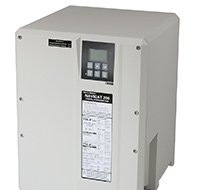The Gyro compass
Undoubtedly, the gyro compass plays a vital role for the operation of vessels. But many of us may not fully understand how this vital piece of equipment heads vessels in the correct direction and provides them with their exact position at any given time? In this article we explain the basics and review the products of three leading manufacturers that strongly influence navigation on board: Sperry Marine, Raytheon Anschütz and Tokyo Keiki.
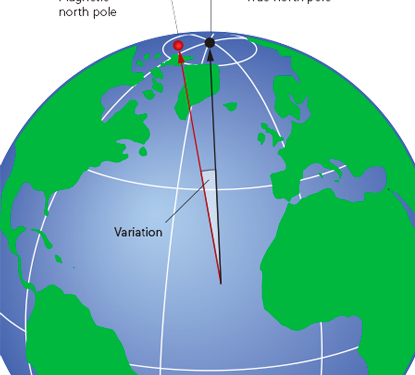
Different compasses: magnetic compass and gyro compass
Before we take a deep dive into the different gyro compasses, we will try to explain the basics of compasses in general. Virtually all vessels, from the smallest recreational craft to inland ships and deep sea vessels, are fitted with at least one compass. For most small boats and vessels that mainly operate in inland and coastal waters, a magnetic compass is the primary reference for direction and course headings. A magnetic compass works by detecting the earth’s natural magnetic fields.
While this magnetic compass is a great tool for navigation, it doesn’t always point exactly north. The first reason is that the earth’s magnetic North Pole is not the same as “true north”, or the earth’s geographic North Pole. The magnetic North Pole lies about 500 kilometres south of true north, somewhere in Canada. Secondly, the earth’s magnetism is discontinuous which means that magnetic compass readings are not sustainable.
That’s why larger (deep sea) vessels generally have one or more gyro compass systems installed that seek the direction of the true (geographic) north for navigation purposes. However, these vessels are also equipped with magnetic compasses to serve as an important back-up in case of gyro failure, and as a primary means of checking the accuracy of the gyro compass at regular intervals while underway.
As mentioned above, the direction a gyro compass points to is independent of the magnetic field of the earth and depends upon the properties of the gyroscope and the rotation of the earth. The axis of a free gyroscope will describe a circle around the pole of the heavens. To convert it into a gyro compass, a control must be introduced that, when the axis tilts, will operate to precess (turn) it toward the meridian. The case of the gyroscope is made pendulous, or a liquid is arranged to flow from side to side. In both cases it will convert the path traced by the axis into an ellipse. By delaying the flow of the liquid or by making the point of action of the control eccentric, a damping factor is introduced that converts the ellipse into a spiral so that the gyro compass eventually settles and points geographic north (see figure).
The circular line shows the apparent motion of the axis of a gyroscope around the polestar in the absence of a pendulous mass. The addition of the pendulous mass (lower drawing) converts the circular motion into an ellipse; the ellipse can then be damped out and the gyroscope becomes a gyrocompass pointing to true north.
(from: the Encyclopaedia Britannica).
Regulations
Nowadays, most vessels are equipped with high-tech navigation systems such as Global Navigation Satellite Systems (GNSS), Electronic Chart Display and Information (ECDI) and Automatic Radar Plotting Aid (ARPA), however, they still can’t sail without a gyro compass. According to the regulations of the International Maritime Organization (IMO) and the International Convention for the Safety of Life at Sea (SOLAS) a gyro compass is mandatory. All ships of 500 gross tonnage and upwards shall have:
- A gyro compass, to determine and display their heading by shipborne non-magnetic means, being clearly readable by the helmsman at the main steering position.
- A gyro compass heading repeater to supply heading information visually at the emergency steering position.
- A gyro compass bearing repeater to take bearings over an arc of the horizon of 360º.
Periodic expert maintenance
Even though modern gyro compasses are extremely accurate, highly reliable and easy to use, it is nevertheless a highly complex instrument requiring periodic expert maintenance. This is important because its proper functioning depends on the earth’s rotation; it must be calibrated periodically to compensate for apparent precession. As well as this, it depends on electrical power supplies and is subject to electronic and mechanical failures of its component parts.
How do you find a gyro compass suitable for your exact requirements?
Fortunately, choosing the best gyro compass is not too difficult, as we’ll explain in three blogposts that review the products of the major gyro compass manufacturers: Sperry Marine, Raytheon Anschütz and Tokyo Keiki.
We offer these Gyro’s
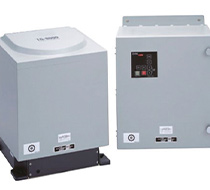
TG-8100 Gyro
The TG-8100/8600 from Tokyo Keiki is known as one of the most inexpensive gyro compass available that is highly reliable. TG-8100 gyro offers an enhanced performance for a fair price.
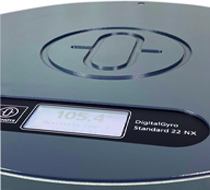
Standard 22NX
Standard 22NX is the successor of the popular Standard 22 gyro compass. It comes with completely renewed electronics and provides more interfaces, and above all, easier installation and integration.
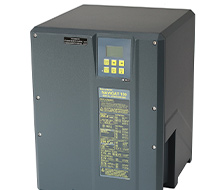
Navigat 100
The Sperry Marine NAVIGAT 100 Gyro Compass ensures high accuracy and maximum reliability under all environmental conditions.
